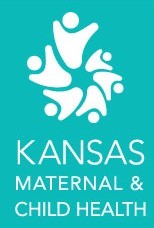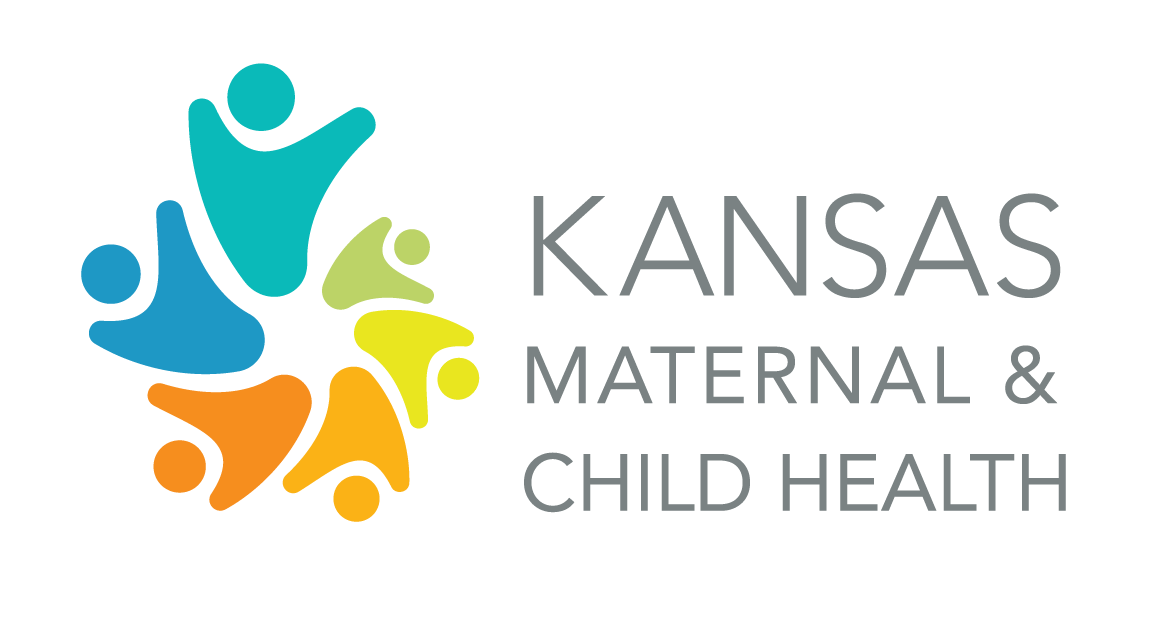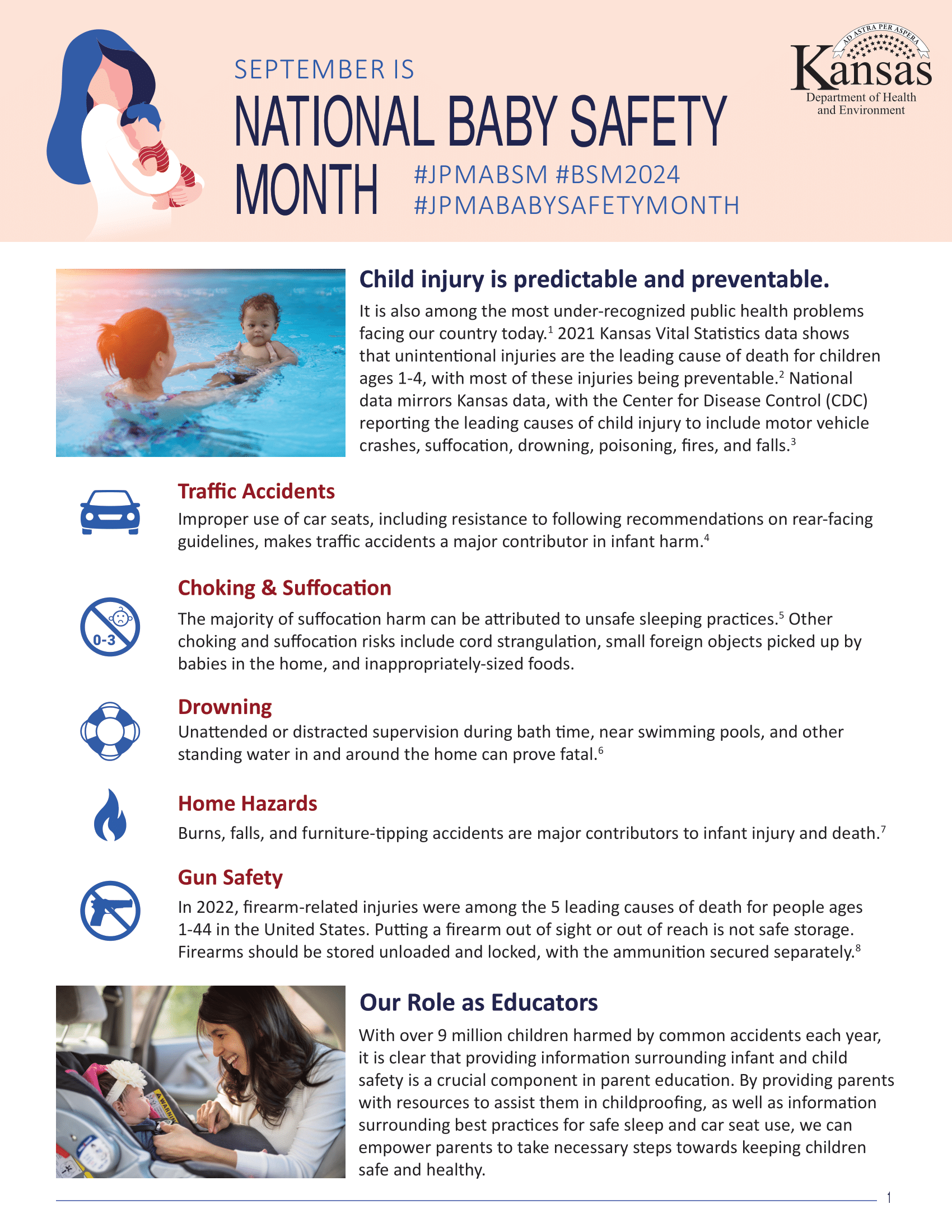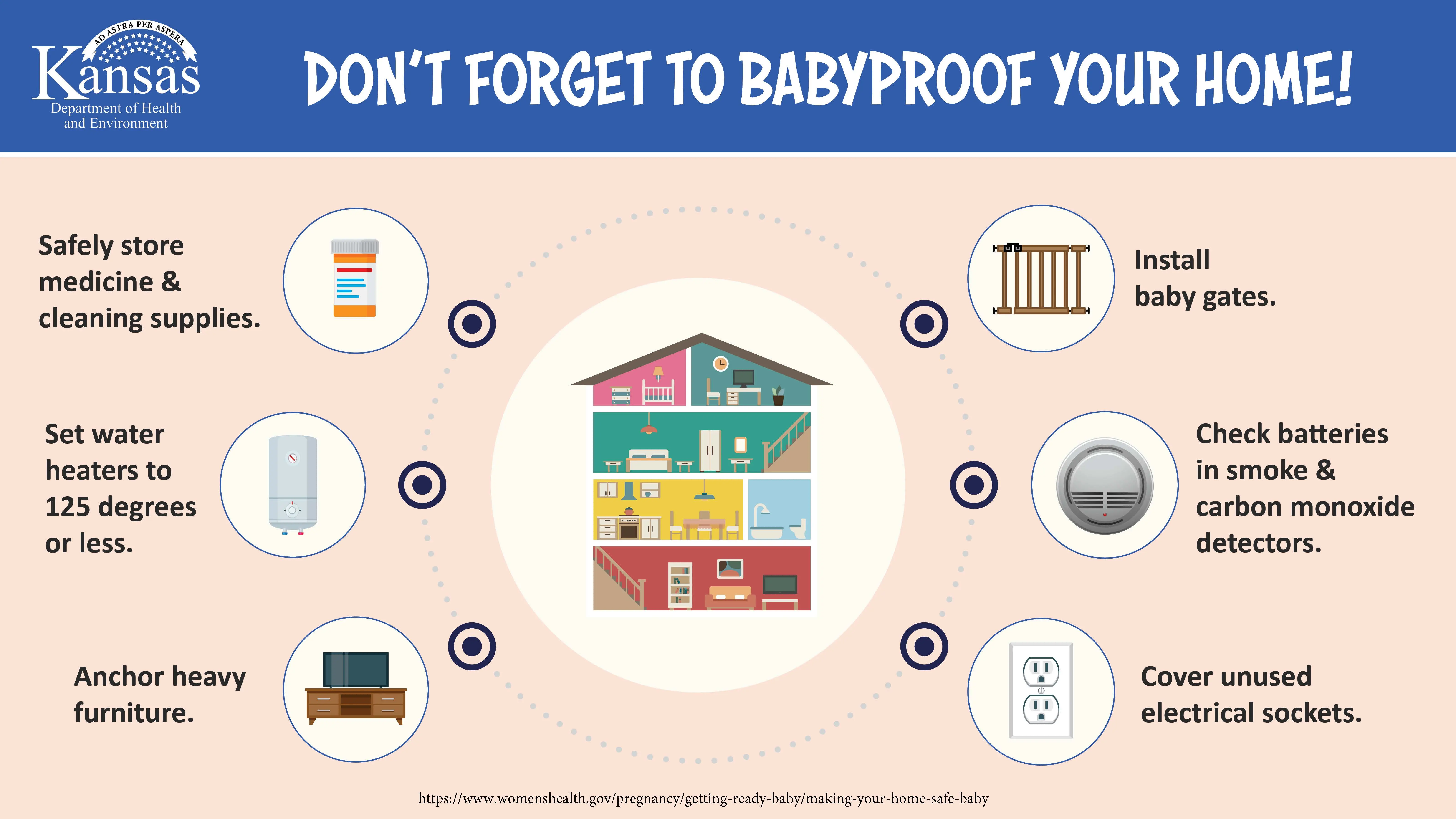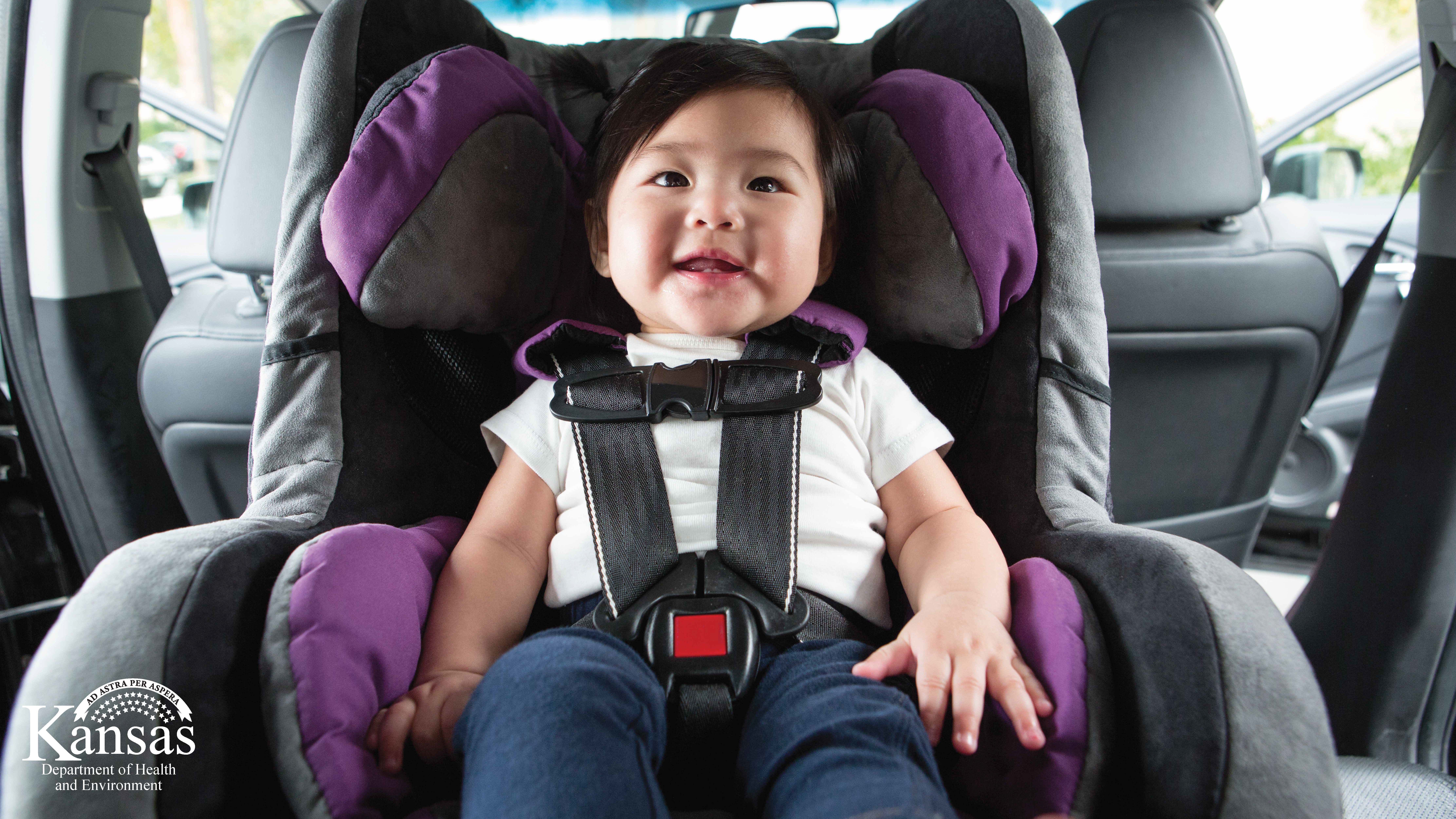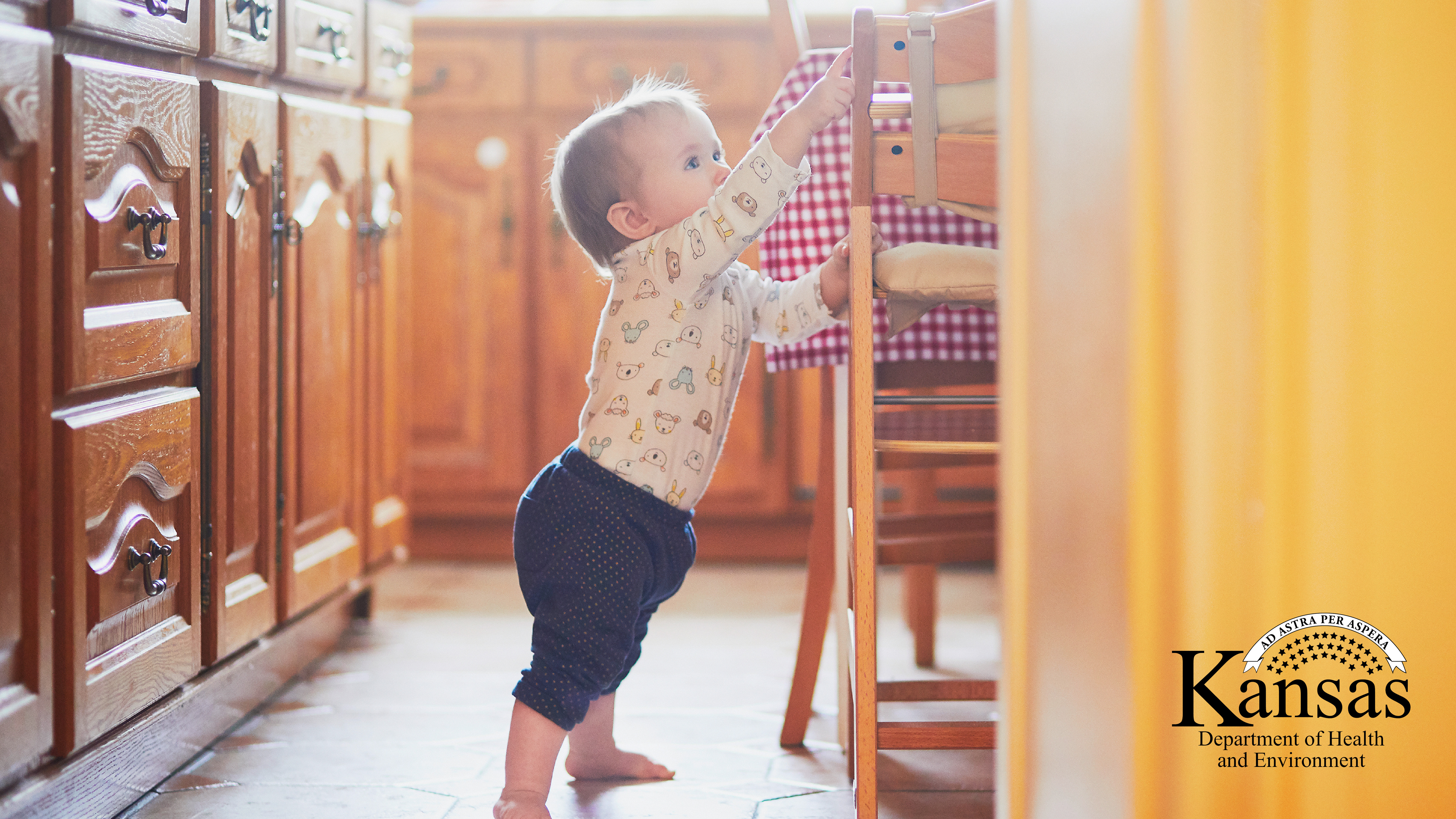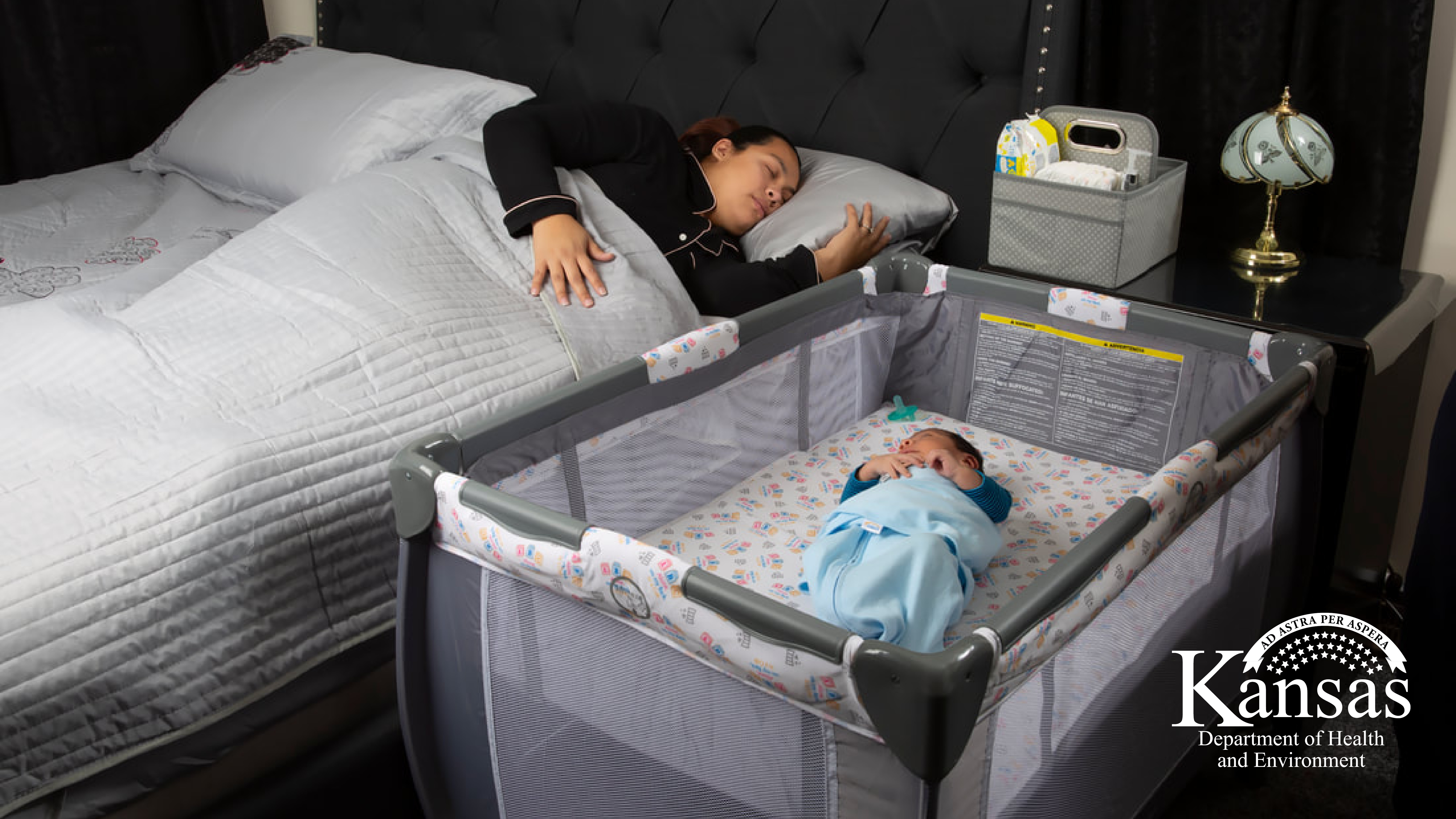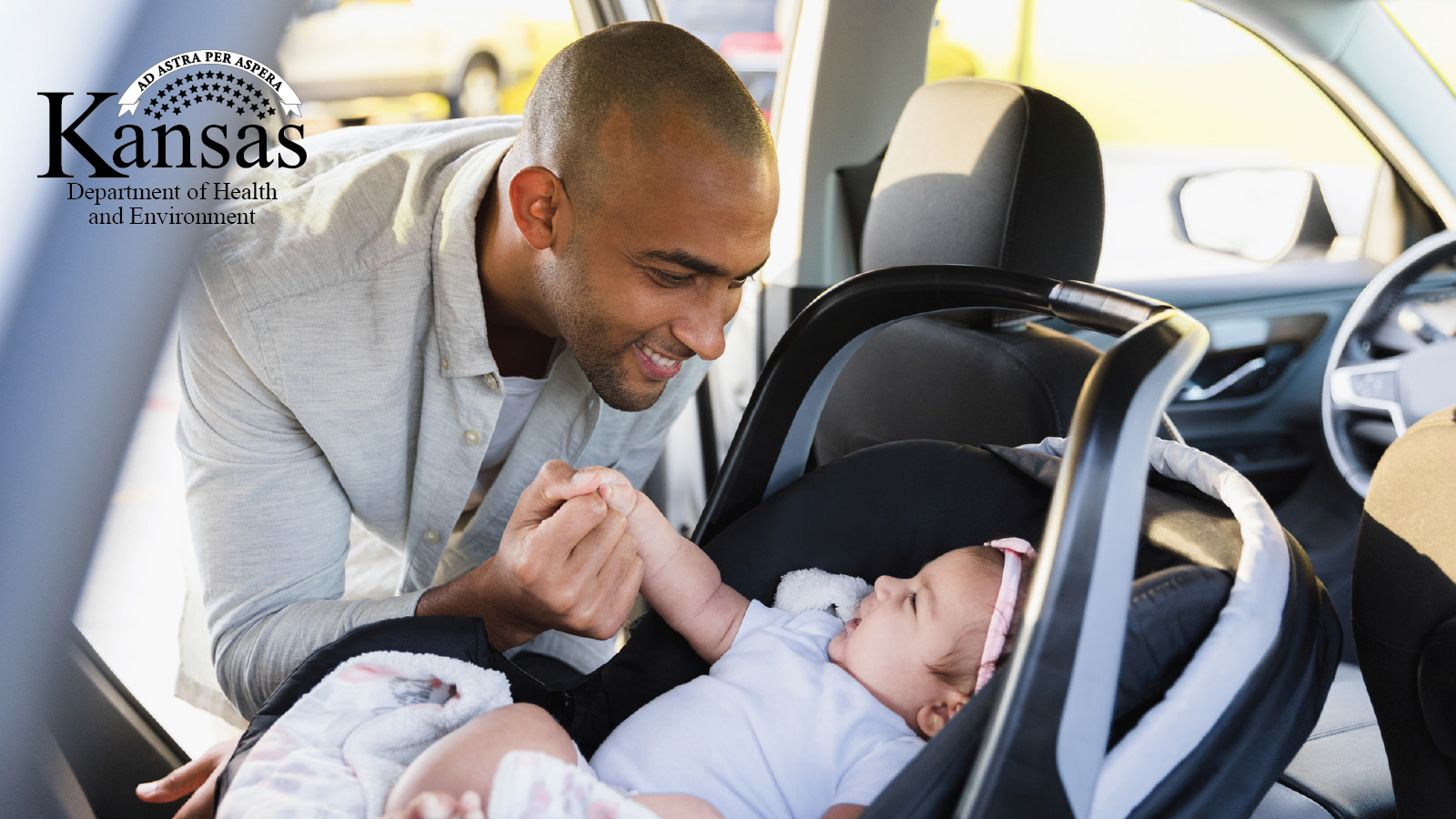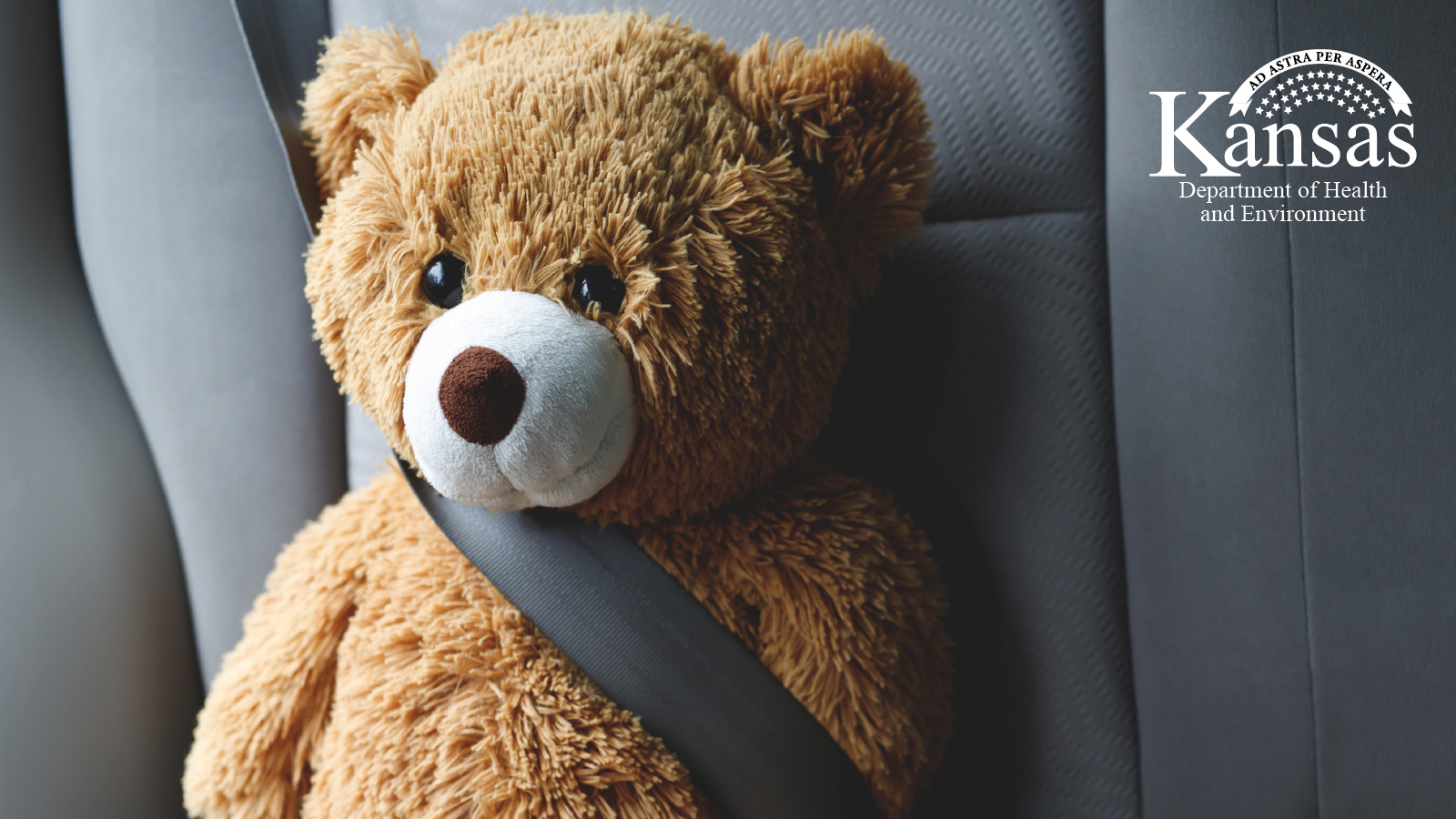Child injury is predictable and preventable.
It is also among the most under-recognized public health problems facing our country today. 2021 Kansas Vital Statistics data shows that unintentional injuries are the leading cause of death for children ages 1-4, with most of these injuries being preventable. National data mirrors Kansas data, with the Center for Disease Control (CDC) reporting the leading causes of child injury to include motor vehicle crashes, suffocation, drowning, poisoning, fires, and falls.
Our Role as Educators
With over 9 million children harmed by common accidents each year, it is clear that providing information surrounding infant and child safety is a crucial component in parent education. By providing parents with resources to assist them in childproofing, as well as information surrounding best practices for safe sleep and car seat use, we can empower parents to take necessary steps towards keeping children safe and healthy.
We invite you to share this action alert and resources for baby safety on social media during the month of September. Post the graphics and messages listed below on your personal and organizational platforms to get the word out this Baby Safety Month.
Social Media Graphics and Messages
Post 1
English: Don’t wait to babyproof! There is no better time to babyproof your home than while you are pregnant. Babyproofing your home helps reduce the chances of accidents and keeps your child safe as they begin to explore the world around them. Learn more at healthychildren.org/English/safety-prevention/at-home/Pages/Make-Babys-Room-Safe.aspx
Spanish: ¡No espere a hacer su casa a prueba de bebés! No hay mejor momento para poner la casa a prueba de
bebés que durante el embarazo. Poner la casa a prueba de bebés ayuda a reducir las posibilidades de
accidentes y mantiene a su hijo seguro mientras empieza a explorar el mundo que le rodea. Más
información en: healthychildren.org/spanish/safety-prevention/at-home/paginas/make-babys-room-safe.aspx..
Post 2
English: Motor vehicle injuries are a leading cause of death among children in the United States. Always buckle children in age- and size-appropriate car seats, booster seats, and seat belts. Learn more about child passenger safety at cdc.gov/child-passenger-safety/about/?CDC_AAref_Val=.
Spanish:Las lesiones causadas por vehículos motorizados son una de las principales causas de muerte entre los niños en
los Estados Unidos. Siempre abroche a los niños en asientos de seguridad apropiados para su edad y tamaño,
asientos elevados y cinturones de seguridad. Obtenga más información sobre los recursos de asientos para
vehículos disponibles en Kansas en: safekids.org/sites/default/files/documents/skw-gm_basic_car_seat_
safety_-_spanish.pdf.
Post 3
English: It only takes a few inches of water to pose a risk to babies and young children! To avoid the risk of choking or drowning, always stay at arm’s length from your child during bath time and playtime- if you need to step away, take the child with you. Learn more water safety tips at healthychildren.org/English/safety-prevention/at-play/Pages/Infant-Water-Safety.aspx.
Spanish: ¡Solo se necesitan unos pocos centímetros de agua para representar un riesgo para los bebés y niños pequeños!
Para evitar el riesgo de asfixia o ahogamiento, manténgase siempre a un brazo de distancia de su hijo durante la
hora del baño y del juego; si necesita alejarse, lleve al niño con usted. Obtenga más consejos de seguridad en el
agua en: healthychildren.org/spanish/safety-prevention/at-play/paginas/infant-water-safety.aspx
Post 4
English: Children are natural explorers and are constantly seeking out new and exciting things! Help keep them safe and healthy during their exploration. Check out the Parent’s Guide to Child Safety to help reduce risks, prevent injuries, and keep kids safe at home, at play, and on the road: safekids.org/parents-guide-child-safety.
Spanish: ¡Los niños son exploradores naturales y están constantemente buscando cosas nuevas y emocionantes! Ayude
a mantenerlos seguros y saludables durante su exploración. Consulte la Guía para padres sobre la seguridad
infantil para ayudar a reducir los riesgos, prevenir lesiones y mantener a los niños seguros en casa, jugando y en
la carretera: safekids.org/node/585.
Post 5
English:
While there is no known cause for SIDS, there are risk factors that increase the likelihood. Babies born premature (before 37 weeks) or with a low birth weight (under 5lb 8oz), are 2 to 3 times more likely to die of SIDS or a sleep-related death. Smoking and drinking during pregnancy are also significant risk factors. Safe sleep plays an important role in protecting your baby. Follow the ABC’s of Safe Sleep; baby should sleep Alone, on their Back, and in a Clutter free crib. Learn more at kidsks.org/safe-sleep.html.
Spanish: Si bien no existe una causa conocida para el SMSL, existen factores de riesgo que aumentan la probabilidad. Los
bebés que nacen prematuros (antes de las 37 semanas) o con bajo peso al nacer (menos de 5 libras y 8 onzas),
tienen de 2 a 3 veces más probabilidades de morir de SMSL o una muerte relacionada con el sueño. Fumar
y beber durante el embarazo también son factores de riesgo significativos. El sueño seguro juega un papel
importante en la protección de su bebé. Siga el ABC del sueño seguro; El bebé debe dormir solo, boca arriba y
en una cuna libre de desorden. Obtenga más información en: kidsks.org/safe-sleep.html.
Post 6
English:
Safety and health concerns can be overwhelming for parents. What products work best? Are there differences in car seats? Kansas has programs to support parents of every background navigate their unique parenting journey. Learn more at homevisiting.kdhe.ks.gov.
Spanish: Las preocupaciones de seguridad y salud pueden ser abrumadoras para los padres. ¿Qué productos funcionan
mejor? ¿Hay diferencias en los asientos de seguridad? Kansas tiene programas para apoyar a todos los padres a
navegar su viaje único de crianza. Más información en: homevisiting.kdhe.ks.gov.
Post 7
English:
Cars can quickly heat up to dangerous temperatures – even with a window cracked open. Never leave infants or children in a parked car. Keep a stuffed animal in the car seat to remind you a child is with you. When the child is buckled in, place the stuffed animal in the front with the driver. For safety, make it routine to check your car. Learn more at safekids.org/heatstroke.
Spanish: Los vehículos pueden calentarse rápidamente hasta alcanzar temperaturas peligrosas, incluso con la ventanilla
entreabierta. Nunca deje a bebés o niños en un vehículo estacionado. Mantenga un animal de peluche en el
asiento del vehículo para recordarle que un niño está con usted. Cuando el niño esté abrochado, coloque el
animal de peluche en la parte delantera con el conductor. Por seguridad, convierta en rutina revisar el vehículo
antes de salir. Más información en safekids.org/sites/default/files/documents/spanish_heatstroke_safety_tips.pdf.
